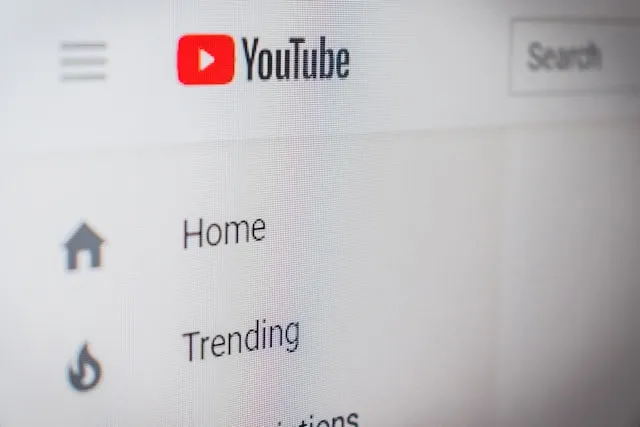Table of Contents
- YouTube as a Media Platform
- Ideological Propagation and Network Dynamics
- Social Identity and Group Dynamics
- Men and the Alt-Right
- The Role of Visual and Rhetorical Strategies
- Socio-Political Implications
- Conclusion
- Poll
- Think!
- Further Reading
The rise of the alt-right on YouTube represents a multifaceted phenomenon that has significant implications for understanding contemporary socio-political dynamics. YouTube, as a platform, has evolved from a mere video-sharing site to a potent socio-political influencer, shaping public opinion and discourse. This essay explores the sociological dimensions of the alt-right’s ascendance on YouTube, examining the interplay of media dynamics, ideological propagation, and social identity formation.
YouTube as a Media Platform
YouTube, established in 2005, has grown exponentially to become one of the most visited websites globally. Its algorithmic recommendation system, designed to maximize viewer engagement, plays a crucial role in shaping the content consumed by its users. The algorithm prioritizes content that generates high viewer retention and interaction, often leading to the amplification of sensationalist and polarizing content. This environment has provided fertile ground for the alt-right movement, which leverages provocative and controversial narratives to attract and retain viewers.
The alt-right, characterized by its white nationalist, anti-immigrant, and misogynistic ideologies, has effectively utilized YouTube’s features to disseminate its message. The platform’s relatively low barriers to entry and the potential for virality have allowed alt-right content creators to reach wide audiences with limited resources. The decentralized nature of YouTube contrasts with traditional media’s gatekeeping mechanisms, enabling fringe ideologies to gain mainstream visibility.
Ideological Propagation and Network Dynamics
The alt-right’s rise on YouTube can be analyzed through the lens of network theory and the concept of ideological echo chambers. Echo chambers are environments where individuals are exposed predominantly to beliefs and information that reinforce their existing views. On YouTube, the recommendation algorithm creates pathways that can lead users from mainstream content to more extreme material, facilitating the formation of these echo chambers.
Research has shown that YouTube’s recommendation system often suggests increasingly extreme content to maintain viewer engagement. A user starting with relatively innocuous political content can be led down a “rabbit hole” to more radical videos, thereby incrementally radicalizing their views. This process is compounded by the social aspect of YouTube, where users interact with like-minded individuals through comments, likes, and shares, further reinforcing their ideological positions.
The alt-right has capitalized on these dynamics by creating interconnected networks of channels and influencers. These networks often cross-promote each other’s content, creating a web of reinforcement that amplifies their reach and impact. Prominent alt-right figures collaborate and appear on each other’s channels, lending legitimacy and visibility to their ideological counterparts.
Social Identity and Group Dynamics
Get the full article AD FREE. Join now for full access to all premium articles.
View Plans & Subscribe Already a member? Log in.





